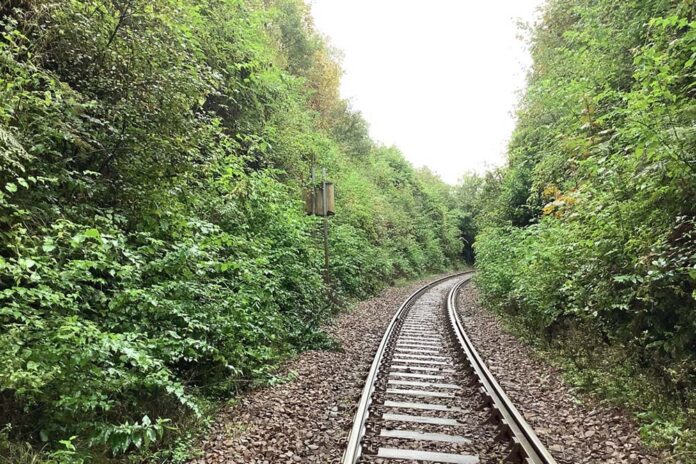A new trial to improve biodiversity will soon start on the West Highland Line between Craigendoran and Helensburgh Upper.
As part of the project, trees and vegetation will be removed by Network Rail. Once that is done, the area will be replanted with native trees and shrubs, including Holly, Hawthorn, Blackthorn, Rowan, Hazel and Elder.
It is hoped the work will be of benefit to the surrounding wildlife.
Should the replanting project be a success, it will help the infrastructure owner to work towards a target of no net loss of biodiversity by 2024 – with the aim of a net gain by 2035.
In addition to replanting, habitat piles will be created throughout the site to enhance the already present natural features, and bat and bird boxes will also be installed throughout the site.
As a first step, from January 24 for approximately 10 weeks, all woody vegetation within a minimum of four metres of the track will be cleared, then any trees that could strike the line if they fell will be pruned or cut down to remove the risk to the railway.
Cutting of trees and vegetation across this 1.5-mile section of railway is necessary to help keep passengers safe and improve performance by reducing the impact of leaf-fall.
Unmanaged vegetation can pose a serious risk to rail safety as trees can fall onto the line during bad weather or, when overgrown, branches and foliage can obscure signals from a driver’s view.
Ahead of work, surveys have been carried out for breeding birds and other protected species as well as to identify a number of trees to be retained for biodiversity reasons, such as those with bat roost potential.
Kirsty Armstrong, Network Rail project manager, said: “We look after thousands of miles of railway embankments and constantly work to manage trees and vegetation so that what grows lineside is safe and does not cause delays to trains.
“Our new approach will compensate for what is removed through managed replanting and transform low value land into areas that will become species-rich, but also safe for the operation of services.
“We will be carrying out as much of the work as possible during the day to minimise the amount of disruption to our neighbours. There will, though, be sections closest to the line where we have no alternative but to work at night.
“Our teams are always mindful of the impact their work can have on lineside neighbours and do what they can to minimise noise from site. We want to apologise in advance if anyone is disturbed by the work.”



































 0113 2082620
0113 2082620 info@railbusinessdaily.com
info@railbusinessdaily.com 15 Mariner Court, Wakefield WF4 3FL
15 Mariner Court, Wakefield WF4 3FL

